Thanksgiving brings out the traditionalist cooks in all of us. Maybe ordinarily you wouldn’t dream of rolling a handmade piecrust or whisking white sauce for Brussels Sprouts au Gratin.
But on Thanksgiving you do—and do it all.
Focus on a Thanksgiving favorite: Classic Mashed Potatoes
Preparing multiple labor-intensive holiday specialties can be stressful. But truthfully? If you get the mashed potatoes right, you’ll have little else to worry about. And luckily this most universally loved Thanksgiving sidedish is also one of the easiest to prepare—providing you follow a few simple Mashed Potato Do’s and Don’ts, below.
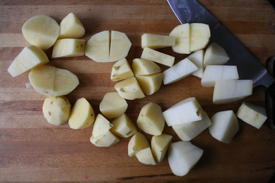
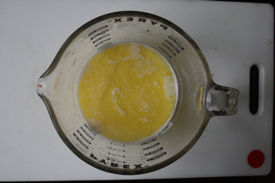
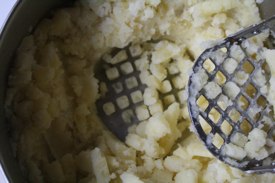
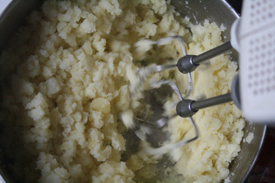
Mashed potatoes are so good, comforting and easy to make you just might want to start breaking them out on weekdays.
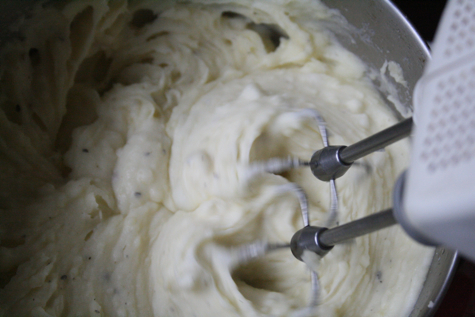
But before you grab the potato peeler, take a quick look at these…
Do use Idaho or other russet potatoes. The mealy flesh of these potatoes yields the fluffiest and most easy to handle mashed potatoes.
Don’t use waxy, thin-skinned potatoes, notwithstanding The New York Times article claiming you can use any kind of tuber and still turn out decent mashed potatoes. It ain’t so. Those small red and white potatoes that taste so divine boiled in their skins and served in pools of butter? They tend to go gluey when mashed. Exceptions? Yukon Gold potatoes.
Do peel potatoes.
Don’t go for Whole Earth, throat-clogging unpeeled mashed potatoes—especially at Thanksgiving, when you want to dip forkfuls of smooth mashed potatoes into savory gravy.
Do drain potatoes well as soon as they’re soft.
Don’t let cooked potatoes sit in hot water until you find time to mash them. The tubers’ starchy molecules are apt to go gooey after long, hot soaks. If you must postpone serving freshly mashed potatoes immediately, use this trick: When mashing, add a tad more milk to make the potatoes slightly wetter. Then spoon the potatoes into a serving dish, top with pat of butter, cover with foil and place in a warm oven. The mashed potatoes’ texture will be just right come serving time.
Do mash potatoes in two steps—first with a potato masher, followed by an electric mixer. For details on my no-fail, two-step potato mashing method, see my recipe below.
Don’t mash with a potato masher alone. You’ll end up with unpalatable lumps. Or you’ll have to mash and smash for so long the potatoes will grow cold and need reheating—never a texture enhancer.
Do use whole milk.
Don’t use skim or lowfat milk nor cream nor half-and-half. Only whole milk.
Do use unsalted butter. You can better control saltiness with additions of Kosher salt. And unsalted butter is fresher.
Don’t risk over-salting mashed potatoes by using salted butter.
Do keep it simple and classic for Thanksgiving.
Don’t throw in extra ingredients. No bacon bits, grated cheese, or garlic. No truffle oil, caramelized onions or wasabi paste.
Best Classic Mashed Potatoes Recipe
4 large or 8 medium russet potatoes, peeled and rough chopped—about 8 cups
6 tablespoons butter
1 ½ cups whole milk, warmed
Salt and pepper
- Pour 4 quarts of water and 1 heaping teaspoon of salt into a large pot. Cover and bring to a boil.
- In the meantime, peel and coarsely chop the potatoes.
- When water is boiling, throw in potatoes. Cover pan and bring to a boil. Reduce heat to low boil.
- In the meantime, heat milk and butter together until milk is warm and butter melted. Do not boil the milk.
- When potatoes are fork tender—usually about 20 minutes—drain them, shaking colander to remove all excess water.
- Return potatoes to pot over very lowest flame—this keeps potatoes hot and evaporates excess water for less soggy potatoes.
- With a potato masher, mash potatoes for a minute or two to break up all lumps.
- Turn flame off and continue to beat with an electric mixer on low or medium speed. This step is crucial: Aerating the potatoes with an electric mixer before you add milk and butter gives them the lightest, fluffiest texture.
- Begin to pour warm milk and butter over the potatoes, continuing to beat them to incorporate the liquid. Season with salt and pepper to taste.
- If you are serving the potatoes immediately, add enough milk and butter to beat them to the perfect consistency. If you must delay serving the potatoes, add a little more milk to make them slightly sloppy. Spoon potatoes into serving bowl, add a pat of butter to the top, cover with foil and slide into a very low oven. Potatoes will absorb the extra milk and transform to the perfect consistency by serving time, 15-20 minutes later.
Serves 8.
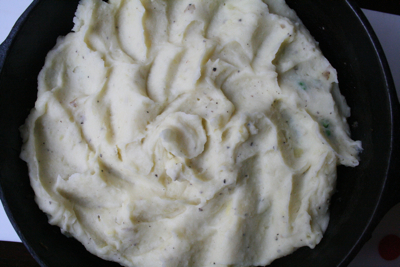

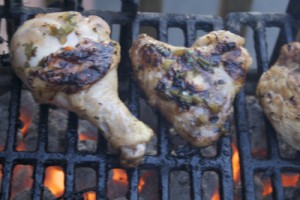
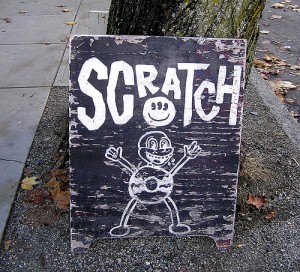
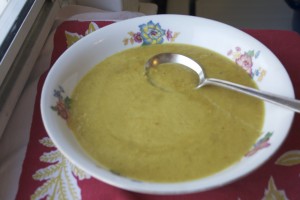
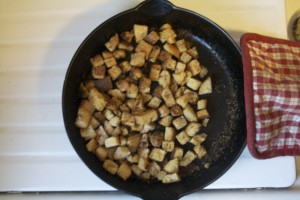
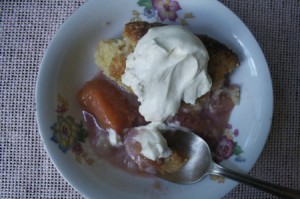
Excellent – had a trial run through and these are the best ever. You are right about whole milk vs. cream as well as unsalted butter. Thanks!
Hi Eileen: Thank you for taking time to leave a comment. I’m glad the potatoes turned out well–they’ll be a hit at Thanksgiving, I’m sure!